A secret Masonic hand clasp, handshake or handgrip is used between two Freemasons in order to recognize 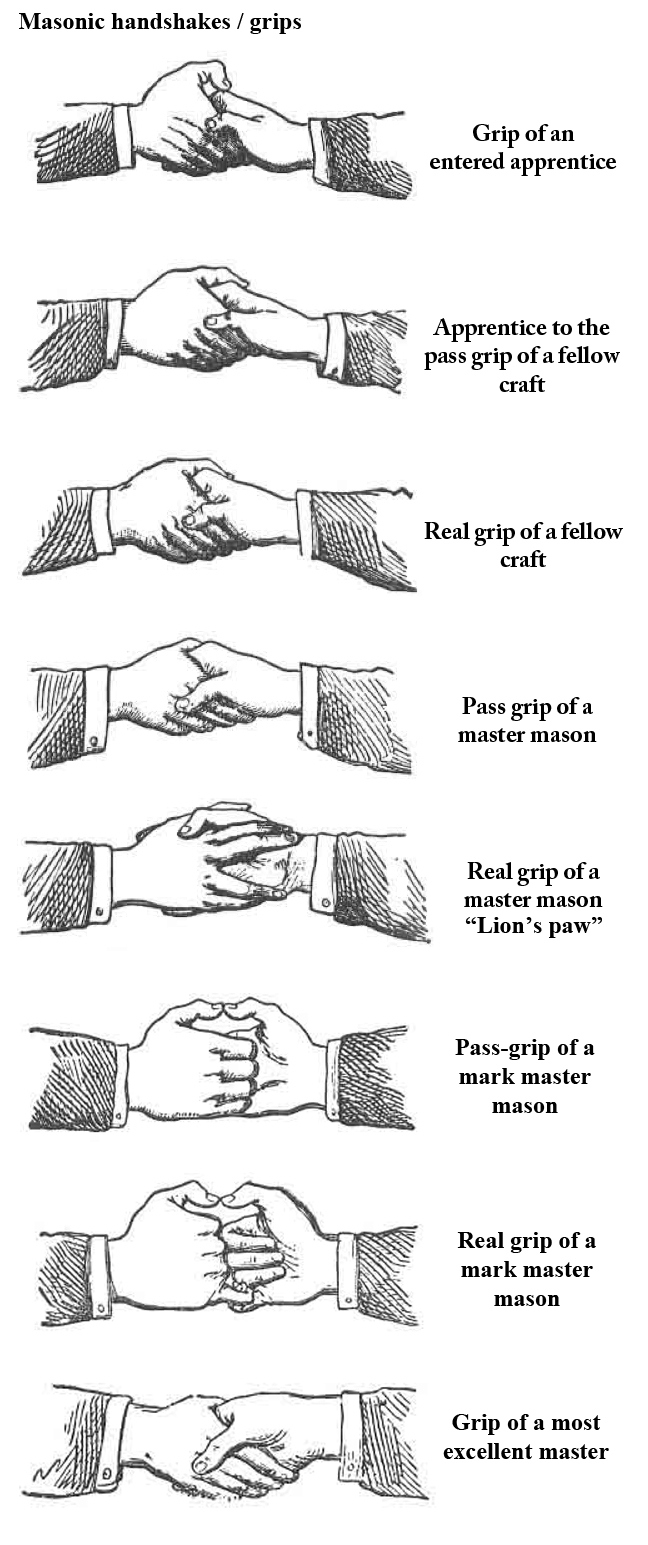 that they are Brothers of the same Order. This is how they simply identify who is a Mason and who is not.
that they are Brothers of the same Order. This is how they simply identify who is a Mason and who is not.
Even the type of grip they hold can identify which Masons are of the lower degrees and higher degrees by testing his handshake. It is a universal sign of unity and an important Bro’ mode of recognition.
The facts are that if you want to get anywhere into the true power centers of the upper echelons of this world, you will have to know these Masonic secret handshakes and earn your degrees.
Albert Mackey, 33°, former Sovereign Grand Commander of the Scottish Rite, had said; “The right hand has in all ages been deemed an emblem of fidelity, and our ancient brethren worshipped Deity under the name of Fides or Fidelity, which was sometimes represented by two right hands joined. Numa was the first who erected an altar to Fides under which name the Goddess of Oaths and Honesty was worshipped.”
The Freemasons use approximately 12 secret handshakes that can be used anywhere in the world to identify their Brethren; however, there are alleged to be many more handshakes. The Masons use their set of unique handshakes to not only identify members of the society, but also to identity the different various classes, or castes of people within the societies.
However, the Masons did not exactly invent this ancient sacred method of greeting the initiated members of their craft. They certainly perfected it. The Freemasons actually inherited this handshake ritual along with many mysteries and symbols from the ancient Gnostic mysteries. These handshakes (hand clasps) first originated with the ancient Gnostic Ophites with their Sabazian and Mithraic mysteries.
4th Century Church Father, Saint Epiphanius describes the ritual hand clasps of the Gnostic Ophites; “On the arrival of any stranger belonging to the same belief, they have a sign given by the man to the woman, and vice versa. In holding out the hand under pretense of saluting each other, they feel and tickle it in a peculiar manner underneath the palm, and so discover that the new-comer belongs to the same sect. Thereupon, however poor they may be, they serve up to him a sumptuous feast, with abundance of meats and wine. After they are well filled the entertainer rises and withdraws, leaving his wife behind, with the command: * show thy charity to this man, our brother.” (1)
In the Apocalyptic Book of Enoch, a hand clasp is also spoken of: “And the angel Michael, . . . seizing me by my right hand and lifting me up, led me out into all the secrets of mercy; and he showed me all the secrets of righteousness.”
In the 5th Century Gospel of Nicodemus, the hand clasp is depicted as the beginning of salvation and ascent where it is said, “And the Lord . . . took the right hand of Adam and went up out of hell (tenens dexteram Adae ascendit ab inferis), and all the saints followed him. . . . He went therefore into paradise holding our forefather by the hand, and delivered him, and all the righteous, unto Michael the archangel.”
This tradition then continued in early Christianity. According to Galatians 2:9, “the right hand of fellowship” (dexias koinonias didonai tini) is given “as a sign of friendship and trust.”
Todd M. Compton had written in a research paper titled, The Handclasp and Embrace as Tokens of Recognition that according to German philologist, Semitist and translator of Mandaean texts, Mark Lidzbarski, the main concept of Mandaean religion is “truth,” kusta; this word is also used to refer to the bond which unites the faithful, and the handshake of brotherhood. In Mandaean baptism, the priest gives the kusta to the initiate standing in water, then crowns him with a wreath of myrtle. Afterwards, the kusta is repeated twice. This is similar in function to the Mithraic handclasp that made one an initiate.
The handshake will forever be a divine sign amongst humans of unity, recognition, equality, friendship, agreement, entrance, secrecy, marriage, sexuality, salvation, starting the path of initiation, ending the path of initiation, resurrection, forgiveness, reconciliation, communion of man with man, of human with god, of god with god, and apotheosis. (3)
Thus the ritual Masonic handshake is but a continuation of the ancient Gnostic Ophite rituals that then found its way into early Christianity. The Freemasons are essentially the main inheritors of the Gnostic mysteries in the West.
SOURCES:
1. Wikipedia
2. The Symbolical Language of Ancient Art and Mythologie: An Inquiry By Richard Payne Knight
3. http://maxwellinstitute.byu.edu/publications/books/?bookid=108&chapid=1249

Moe is the founder of GnosticWarrior.com. He is a father, husband, author, martial arts black belt, and an expert in Gnosticism, the occult, and esotericism.

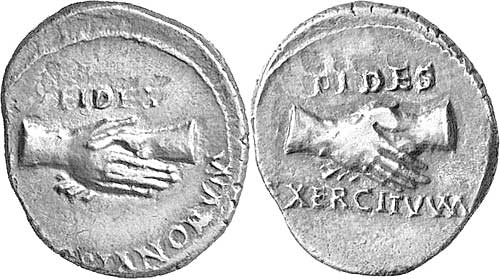
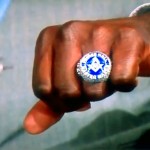

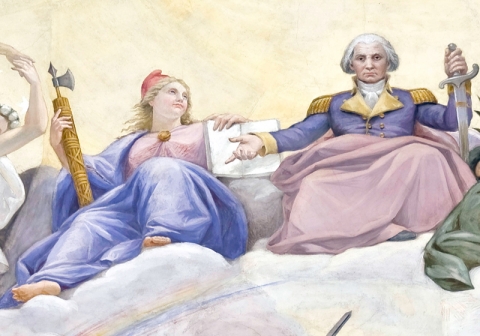
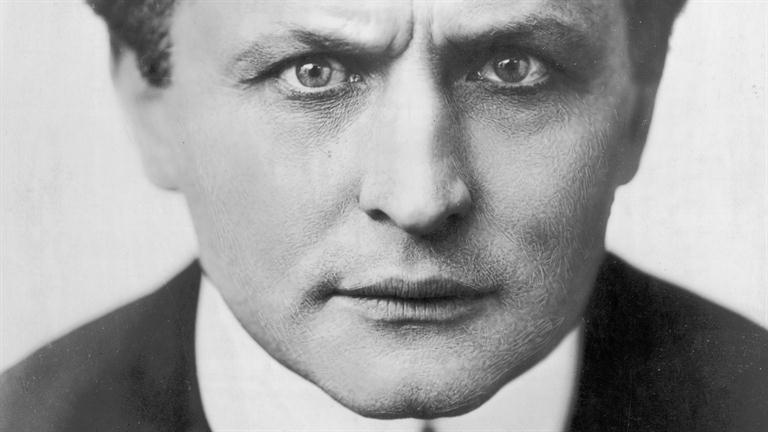
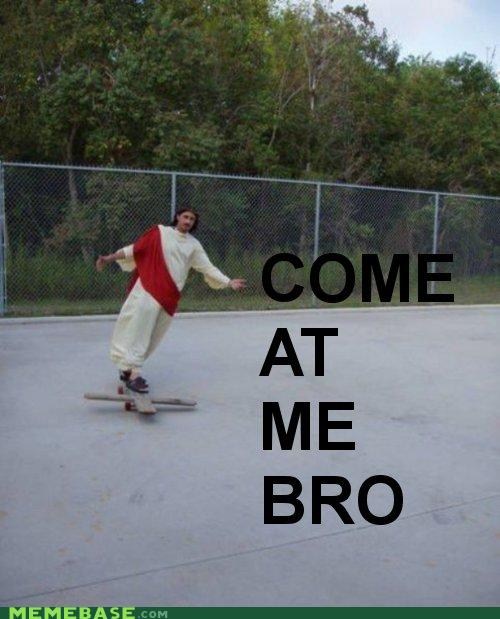
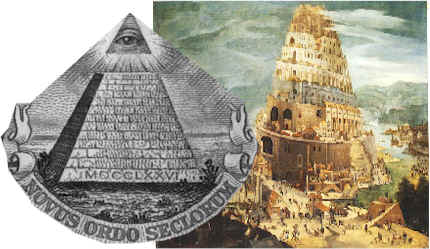
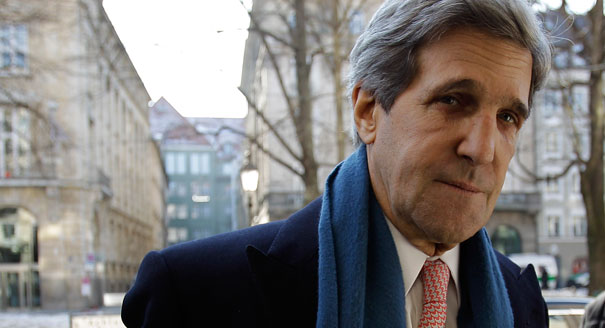
After becoming a Mason, when can you get that first hand shake 😞
Why does the London Master Mason lie about hand shakes
Why did Tony Robinson in the freemason documentary lie about freemasons having secret handshakes
Where did you come up with all this trash about the Masons .I don’t think you are qualified to make these accusations .such things as the letter G and the freemasons invented football .where did that come from.masons can’t be elected you need to do some research,like George Washington to name only one of many.now I’ll give you one you presented Buzz Aldrin did take the 33rd to the moon .you are out of line MOE and like they say if you don’t know the truth don’t make stuff up .yours truly Steve Davis PM and 32 degree and PVM lodge of perfection Scottish Rites.we know the right
Steve,
Much of my information such as the letter G represents Gnosis is from Albert Pike and Elphias Levi. You know Pike, the sovereign grand commander of the Scottish Rite?
In regards to the Freemasons created football, some of that information came from from 33rd Degree Mason, Christopher L. Hodapp who is the author of “Freemasons For Dummies,” and “Solomon’s Builders: Freemasons.” He says on his blog: “Association football was born in 1863 at the Freemason’s Arms Pub near London’s Covent Garden, at 81-82 Long Acre. Six meetings were held at the pub to decide on rules and structure, and the meetings ended with a split between the new Football Association (“soccer” is said to be a truncated version of “association”) and the proponents of different rules that became rugby.
The Freemason’s Arms pub was built in 1860, and is still open today. It began life as the Freemason’s Tavern, which originally stood where the United Grand Lodge of England’s New Connaught Rooms are today on Great Queen Street. London’s Freemasons’ Hall is literally right across the street.”
Are you saying that these 33rd Degree masons such as in Pike and Hodapp are lying?